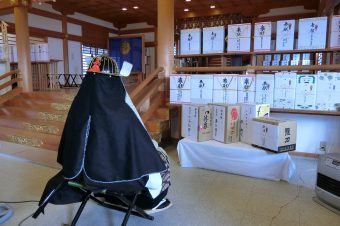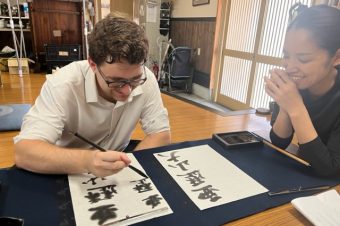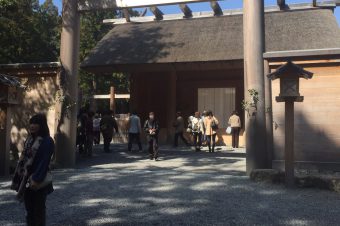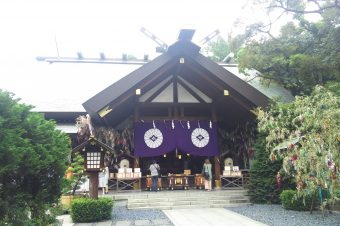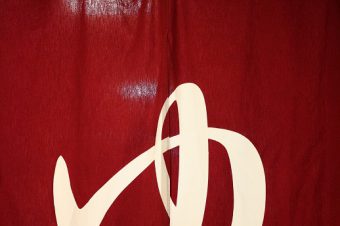Today we are going to be discussing three Shinto shrines and one Buddhist temple in the Akasaka area. Akasaka is located within Minato City, Tokyo prefecture.
The shrines that will be discussed are Akasaka Hikawa-jinja, Nogi-jinja, and Hie-jinja.
The temple that will be discussed is Toyokawa Inari, which is being included due to also being home to a Shinto shrine and its proximity to the previously mentioned shrines.
Below is a map of the sites and the approximate time it takes to travel between all four. If you click on the map, you will be redirected to the directions where you can see step-by-step instructions on how to reach each property.
Akasaka Hikawa Shrine is a branch of the main Hikawa Shrine located in Saitama City. The original shrine was founded in 951. The current shrine was built in 1729 and survived two major earthquakes and WW2 bombings. Akasaka Hikawa has a large stone torii gate which you pass through on the way to the main shrine building. The shrine has multiple smaller shrines around its courtyard design. With landscaping and greenery throughout the shrine, it is a very picturesque location.

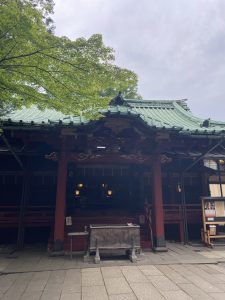
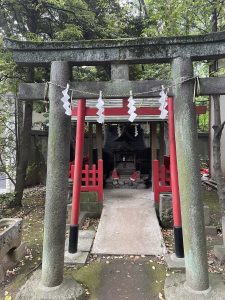
Nogi-jinja Shrine is where Meiji Era Shogun Maresuke Nogi and his wife are enshrined. Nogi-jinja also hosts the oldest antique market in the Kanto area on the fourth Sunday of each month. After passing through a large white torii gate, you enter the main shrine area. The torii has koma-inu or “guardian dogs” statues on both sides of it. These statues act as guardians of the shrine. Nogi-jinja is located adjacent to Nogi Park so it has beautiful greenery and is very open. The first main area is home to two spherical structures that have omikuji or fortune slips attached to them. This area is also home to a walkway to a small saisen or offertory box. This walkway is extremely immersive and unique as you walk through dozens of red torii while climbing the stairs to the saisen.
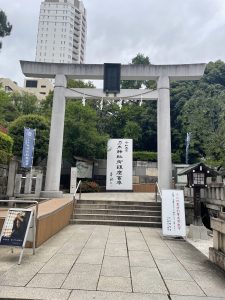
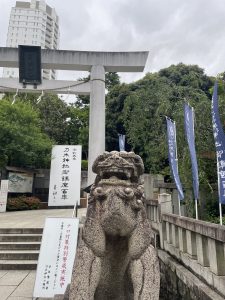
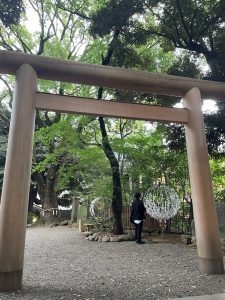
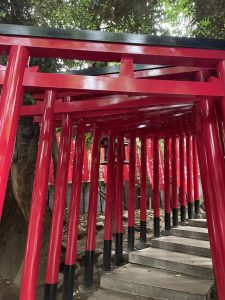
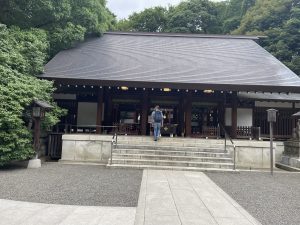
Toyokawa Inari in Akasaka, Tokyo was originally constructed in 1828 as a Buddhist temple of the Soto sect. It has been rebuilt over the years due to the Great Kanto Earthquake and events during WW2. It is just one branch of the Toyokawa Inari Betsuin temples, with others being located in Osaka, Fukuoka, Sapporo, etc.
In the temple portion of the site, there are areas to light candles in addition to the main prayer building. The candles are actually self-service and you are expected to insert the corresponding amount of yen into the accompanying offertory box.
The shrine features a red torii gate and a traditional offertory box.
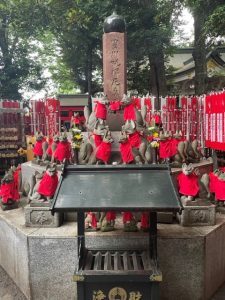
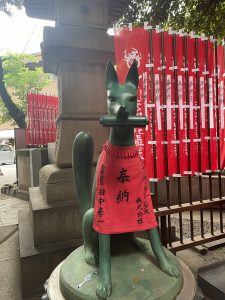
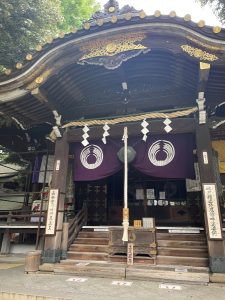
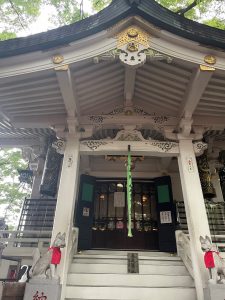
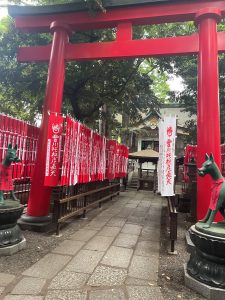
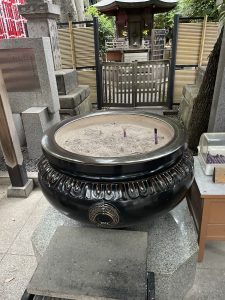
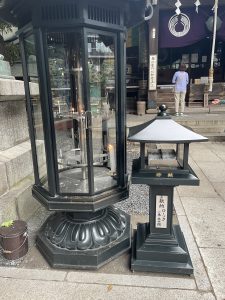
Hie Shrine, built in 1478 within Edo Castle, was revered by Tokugawa Ieyasu as “the guardian deity of Edo Castle’s protection” when he made Edo Castle his residence. The main building was destroyed in the Meireki fire of 1657 (the same fire that destroyed Edo Castle). The shrine was rebuilt but destroyed once more during WW2 before the current structure was built in 1958. The shrine is home to the Sanno Matsuri Festival in June where a Mikoshi, or portable shrine, is carried alongside celebrations. Hie Shrine is very unique due to after passing through the torii gate, you have to cross a public road in order to reach the shrine. After walking up many stairs, some with paper lanterns on their sides and some with small torii gates acting as a tunnel, you will find the way to the main shrine. The main building is very impressive and is a burgundy color with gold accents and it has a green roof. Throughout the shrine, you will also find statues of monkeys, called Masaru. Masaru is a Japanese phrase roughly meaning “Surpass something you fight” or “Keep evil spirits away”.
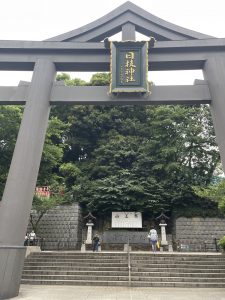
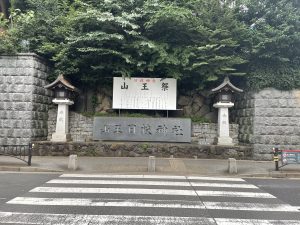
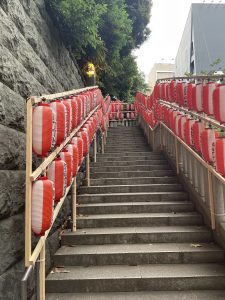
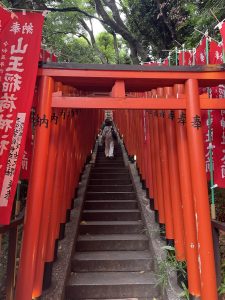
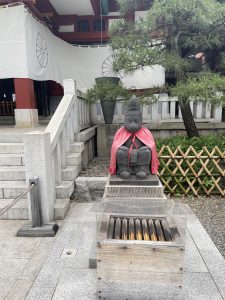
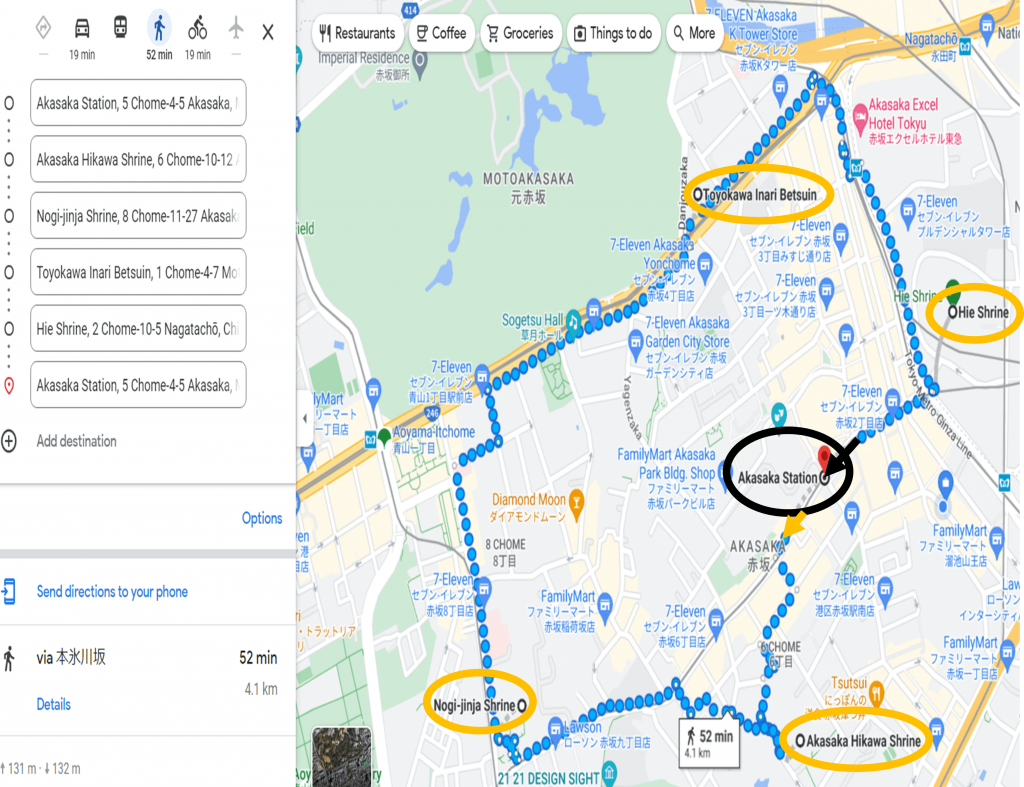
-340x226.jpg)
